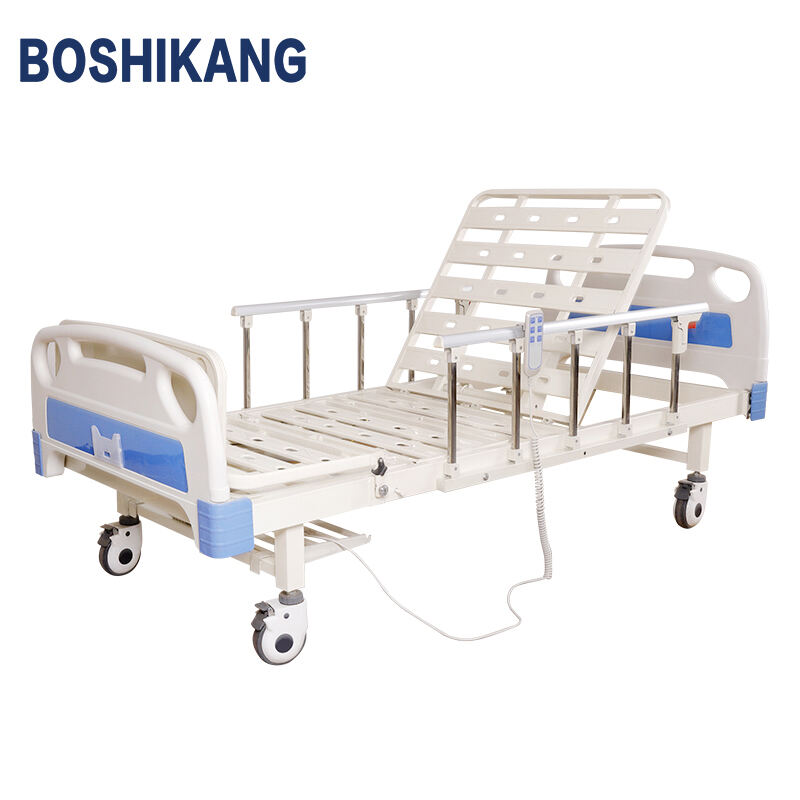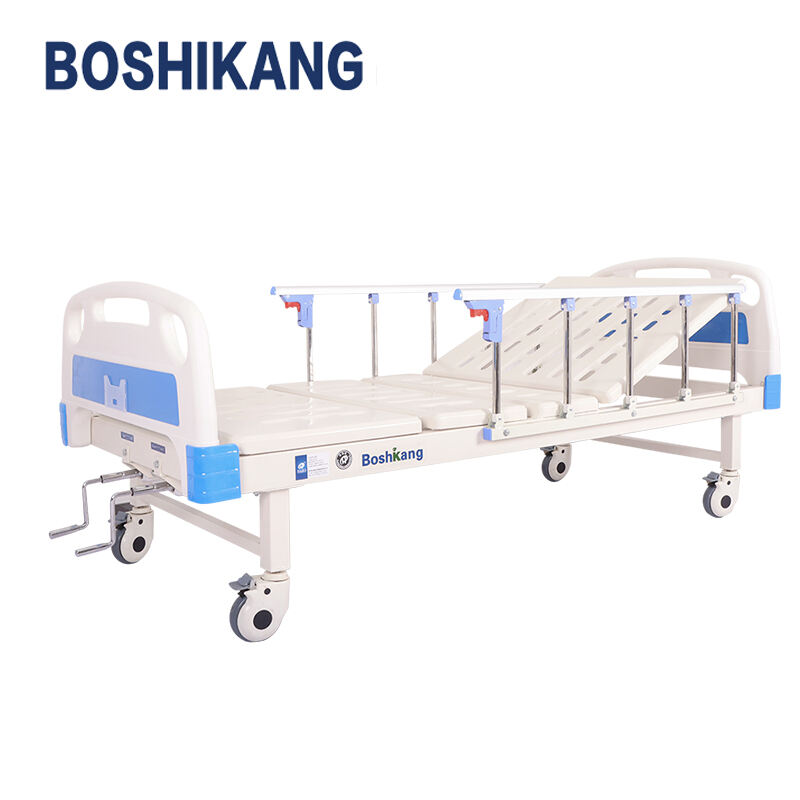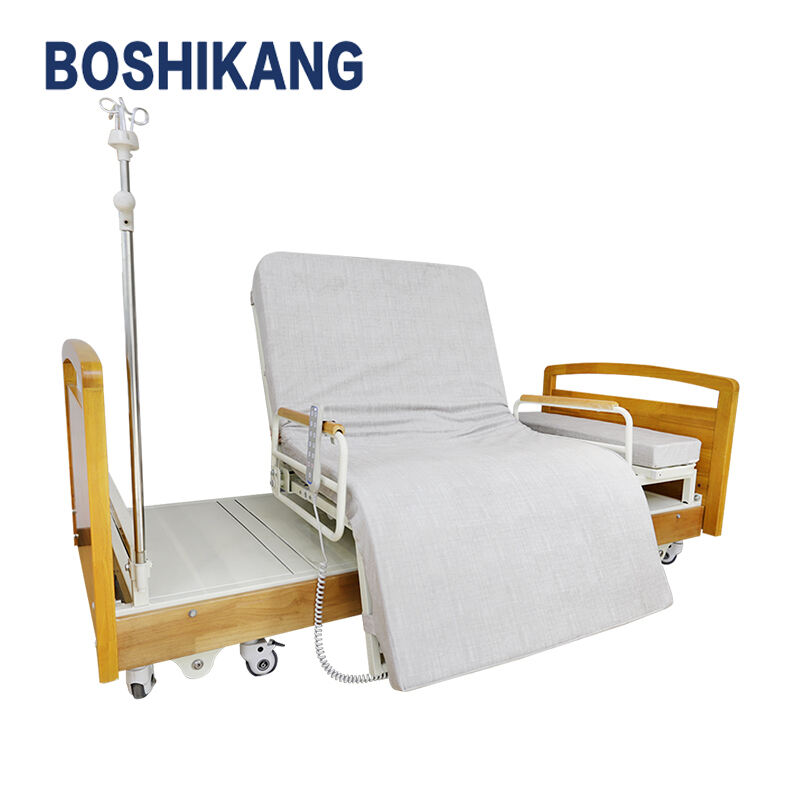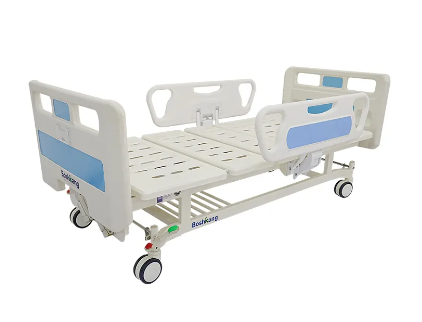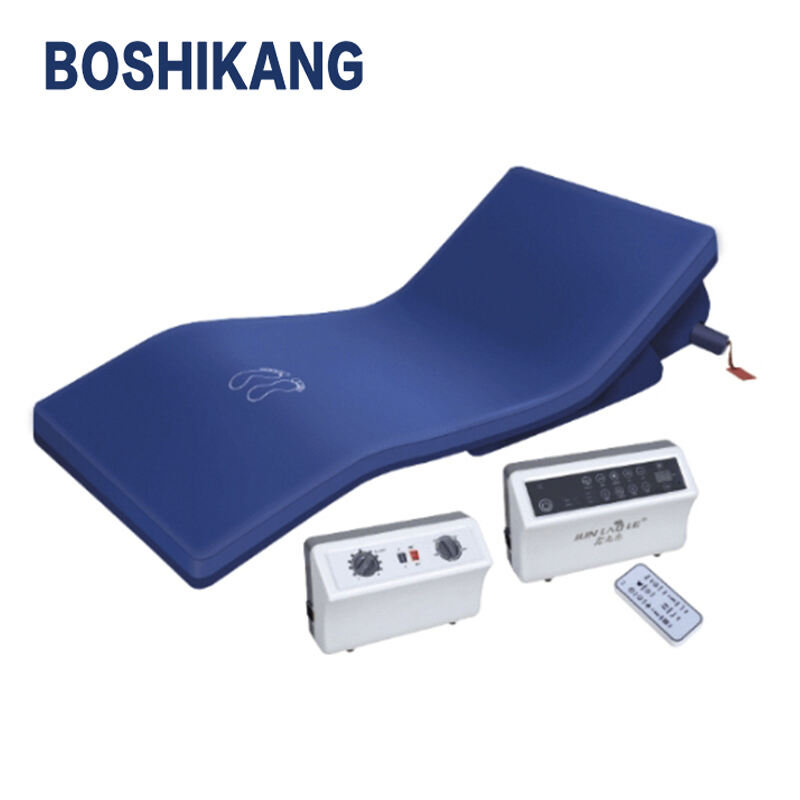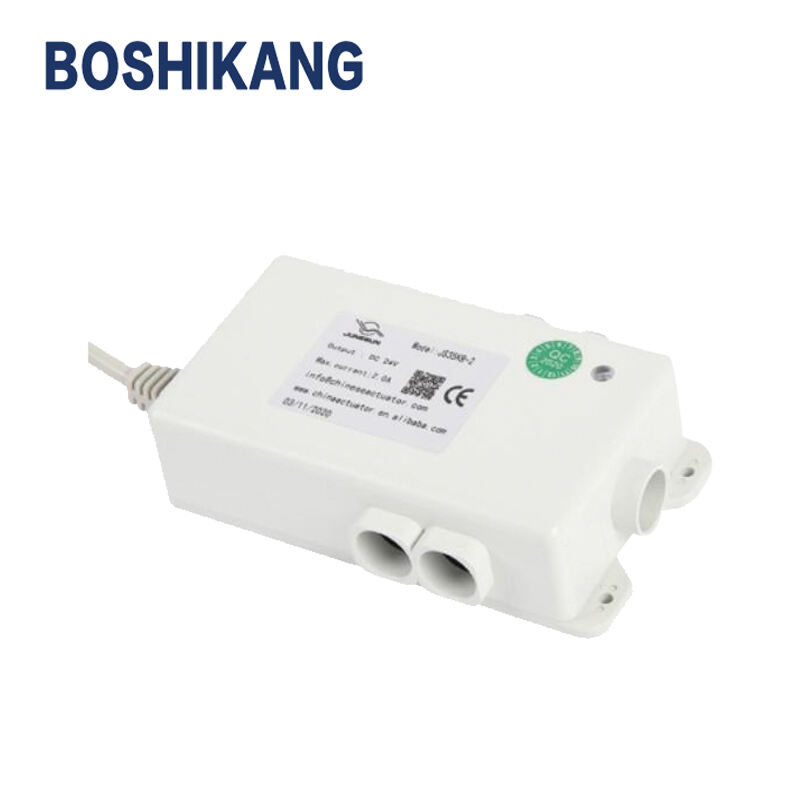patient bed parts of hospital bed
Patient bed parts are essential components that make up modern hospital beds, designed to provide comfort, safety, and functionality in healthcare settings. These parts include the bed frame, side rails, headboard, footboard, mattress support platform, casters, and various mechanical or electronic control systems. The frame serves as the foundational structure, typically constructed from durable materials like steel or aluminum, ensuring stability and longevity. Side rails are crucial safety features that prevent patient falls while allowing easy access for healthcare providers. The head and footboard sections can be adjusted to various positions, enabling patients to sit up, recline, or lie flat as needed. The mattress support platform often incorporates articulating sections that can be positioned independently, allowing for optimal patient positioning and pressure relief. Modern hospital bed parts frequently include electronic controls for height adjustment, Trendelenburg positioning, and other movements, making it easier for both patients and caregivers to manage bed positions. These components work together to create a versatile medical device that supports patient care, recovery, and comfort while facilitating the work of healthcare professionals.


